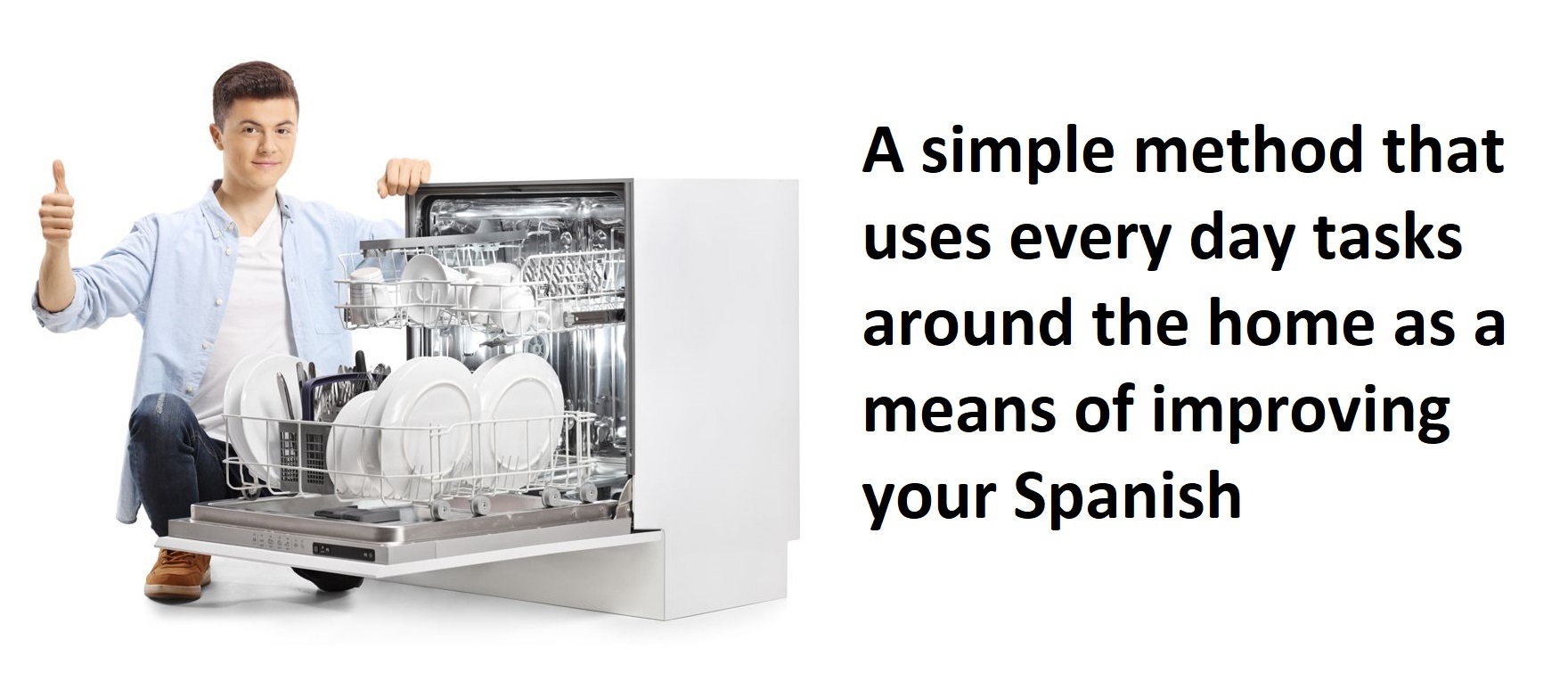

Enhance and solidify your vocabulary. Take control of your learning journey and boost your language skills at your own pace, right from your living space. Become your own language guide as you navigate everyday actions around your house, from tidying up the sitting room to preparing meals in the kitchen. Prepare for this exciting linguistic adventure with our step-by-step approach, covering nouns, verbs, phrase translations, and pronunciation. When you're ready, switch into NAVIGATION mode and confidently describe your daily activities using the phrases you've learned. Unlock a world of language learning opportunities and make your home a hub for vocabulary growth.
1. LEARN THE NOUNS.
To start with, you will need to remember the names of as many objects around the house as you can. To help you do this, we have prepared a set of labels for you. Cut them out and stick them around your home. This will help you remember the words.
LABELLING OBJECTS IS NOT ENOUGH!; if only life were that easy! We have also prepared a list of nouns and worksheets to help improve your recall. Remember that writing words down helps you to remember them. So print the sheets and complete them two or three times. This will really help to build up your house vocabulary.
In addition to these workbooks, we have also provided a large selection of online interactive spelling tests, quizzes, listening exercises and drills to help you gain confidence at recall and pronunciation. The link below will give you access to these activities
2. LEARN THE VERBS .
To perform the ACTION LEARNING tasks you will also need to know the verbs that describe the actions you are carrying out. This requires knowledge of regular, irregular and reflexive verbs. So if you are a Salamanca House student it is probably best to wait until you have finished BLOCK F before you start learning these verbs. On saying that, even if you are a beginner, you can still have a go. You will understand the irregularities later. Also, to do the initial action learning activities you only need to know first person singular of each verb [that's in "Yo"]. As with the nouns we have provided you with a verb list followed by activities to help your recall:.
And as with the house vocabulary, we have also provided you with online activities including quizzes, listening drills and translation drills to help consolidate your recall, conjugation and pronunciation of these important verbs. The link below will give you access to these activities:
Once you have practiced the nouns and verbs you then need to start translating phrases. These combine the nouns and verbs that you have already been learning, and you are going to use them as you auto-navigate yourself around the house. The link below will give you access to these activities:
Once you have thoroughly practiced the nouns, verbs, phrase translations and pronunciation you are ready to switch into WORD-NAV mode. It may take you three months to get here or it may take a week, what is important is that you have a relatively firm base to start from. Once you have got that base you you can have a go. So lets do it!
When you switch into NAVIGATION mode you are going to use short simple phrases to describe what you are doing as you move around your home performing everyday tasks. As an example, lets take making a cup of tea in the kitchen. We want you to SPEAK OUT CONFIDENTLY describing everything you do in a loud voice using the phrases that You have learned. You can use the present tense to do this. Decide which person and keep to that person during the activity from the moment you switch into NAVIGATION MODE to the moment you switch it off. In this example I am going to use the first person singular and I am going to keep the language simple. It might sound something like this:
"Entro en la cocina, cruzo la cocina, cojo el calentador, voy a la pila, quito el tapón del calentador, pongo el tapón en la encimera, meto el calentador debajo del grifo, abro el grifo del agua frio, echo agua frio en el calentador, cierro el grifo, devuelvo el calentador a su sitio, enciendo el calentador, cruzo la cocina abro el armario, saco la caja [o bote] de té, abro la caja, saco una balsa de té, cojo la balsa con me mano izquierda, cierro la caja y devuelvo la caja a su sitio, cierro el armario, voy a otro armario, abro el armario, saco una taza, meto [o pongo] la balsa en la taza, cojo el calentador, echo agua caliente en la taza, devuelvo el calentador a su sitio, cruzo la cocina, abro el frigorífico, saco una bote de leche, quito el tapón, pongo el tapón encima de la encimera, echo un poco de leche en la taza, pongo el tapón en el bote, devuelvo el bote al frigorífico, cruzo la cocina, abro el cajón, saco una cucharilla, voy al armario, abro el armario, saco el boté de azúcar, pongo el bote encima de la mesa, quito el tapón, meto la cucharilla en el bote, saco una cucharada de azúcar, añado el azúcar a la taza, meto la cucharilla en el té, remuevo la mezcla, echo la cucharilla a la pila, bebo el té"